How the B-52 Lands in Crosswinds
Fear of Landing
JULY 11, 2025
The iconic bomber was designed with the ability to swivel its landing gear to balance the effects of crosswinds. This capability allows the B-52 with its narrow wheelbase and large tail to land and crab down the runway in a heavy crosswind conditions. plus not having the landing gear pointing under you anymore. Alexander W.

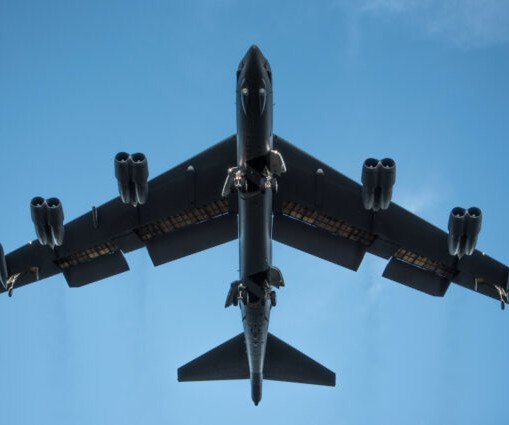
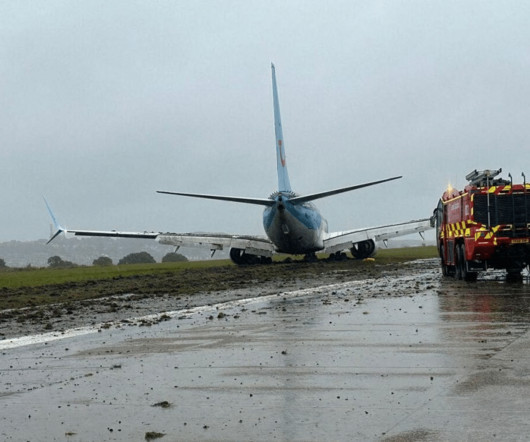
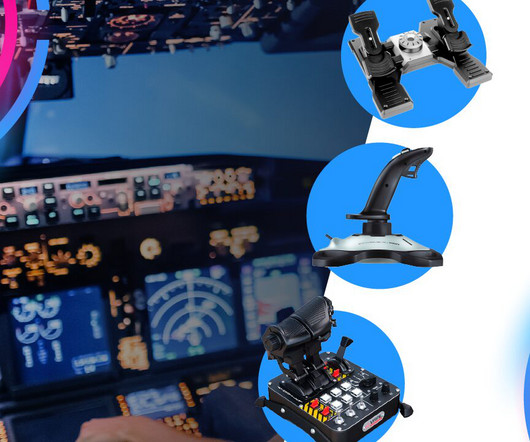



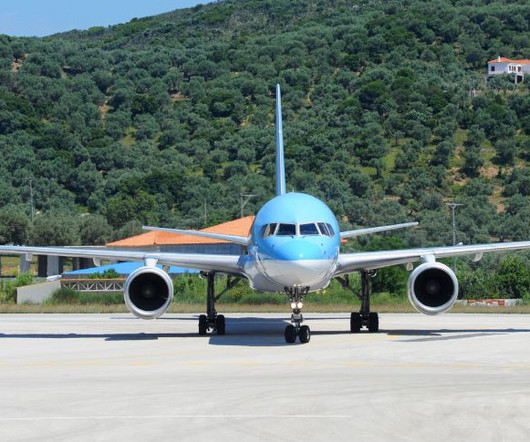


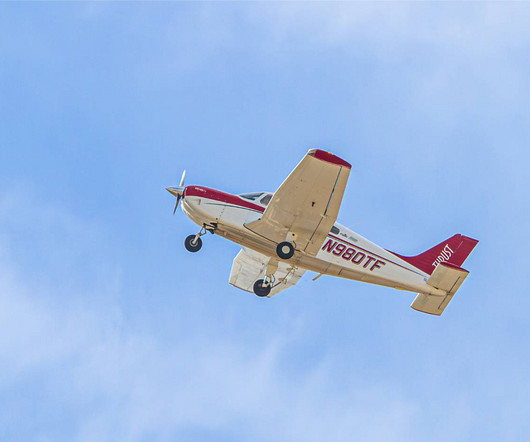
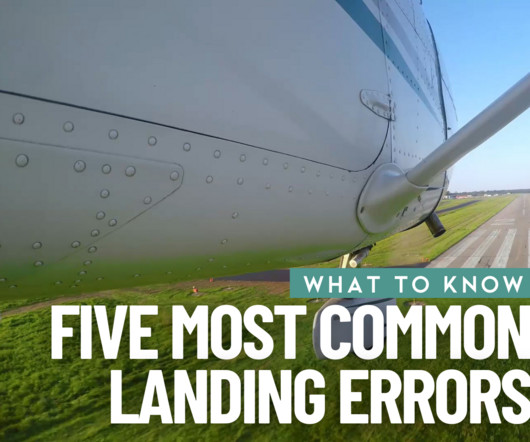


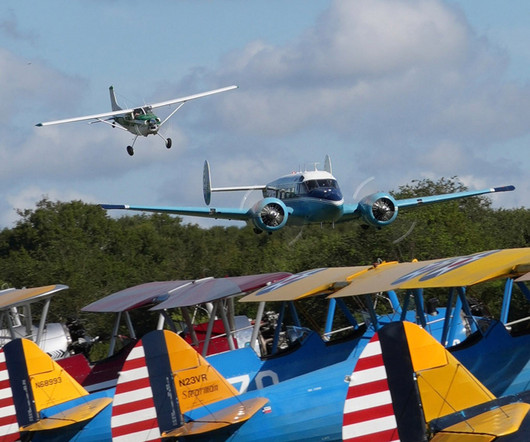







Let's personalize your content